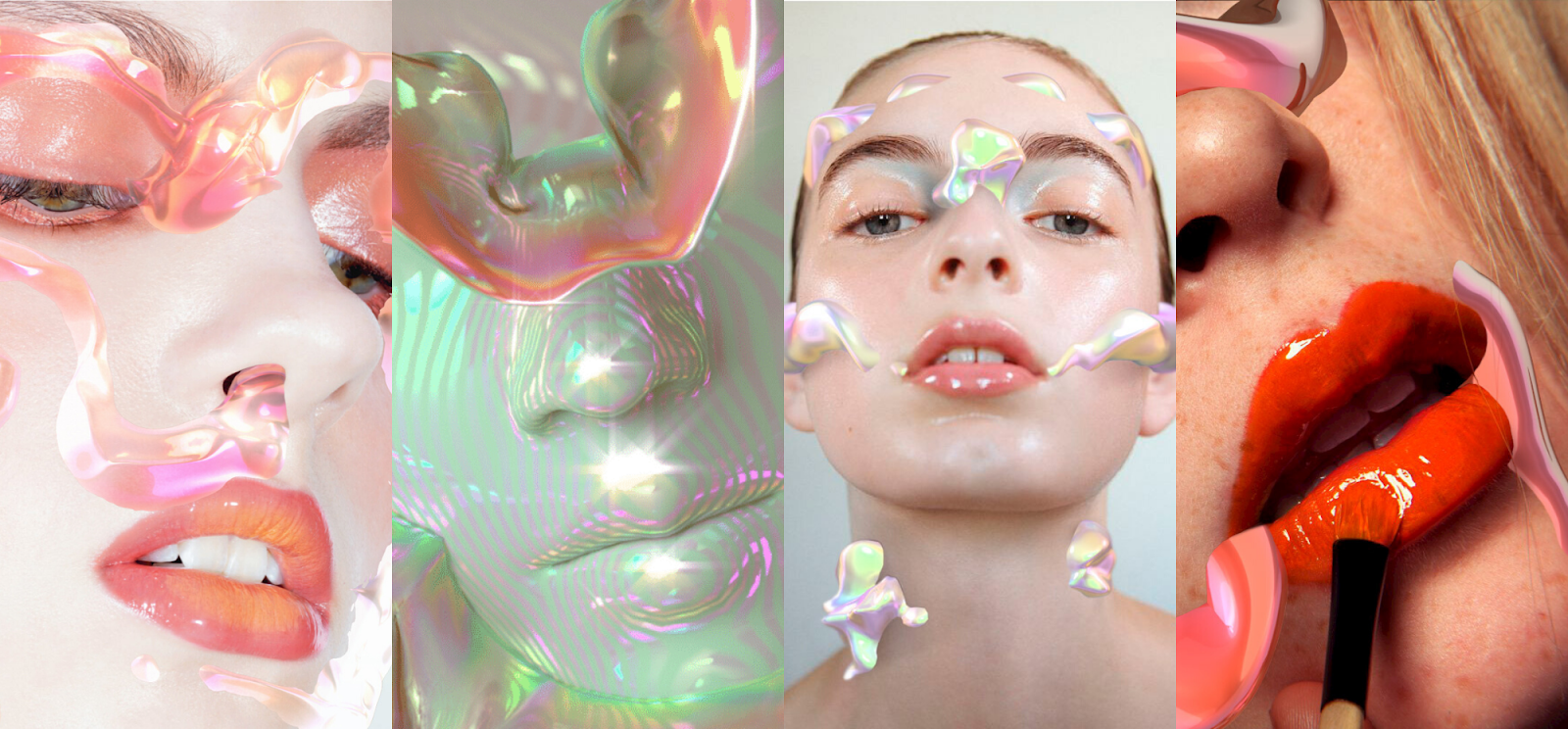Examining the latest beauty standards in 2020
There is no doubt that the industry of fashion and beauty is undergoing a drastic change. A huge number of blue-chip companies have realised the fact that it is tough for them to compete with the hype and excitement that the new companies especially the startups are generating through social media platforms. With the advancement and evolution of Internet of Things, almost every article is being transformed into smart devices, including the ones that we put up on our face. Here is exactly why we think that the beauty standards have changed in the last few years.
The evolution of smart beauty products has created a tremendous change in the beauty and fashion industry. Not only the packaging but the products inside matter as well. One of the latest inventions of the smart beauty products includes Opte Precision Skincare System along with in conjunction of Funai Electric Co, which is a Japanese electronics and printing company. It is kind of a wand that will scan the skin and identify the blemishes and prints over them with a serum that will even out a skin tone.
E-makeup is another important invention of the latest beauty standards. When AR meets the cosmetics industry it is also known as e-makeup. The unique feature of this is the consumer doesn’t need to wear any kind of real make up or cosmetics. Also, there are numerous filters available at Snapchat and Instagram where you will find makeup filters. This works as an inspiration for a lot of makeup artists.
Inclusive fashion is another important aspect of the evolving fashion industry. Did you know that almost 20% of the USA citizens have a disability? To cope with the unrealistic and alienating beauty standards, a lot of fashion designers are gradually stepping towards better authenticity. There are some adapted-underwear that has been made available for the disabled.
Sustainable packaging is another option that pops up in the evolving fashion and beauty standards of 2020. Throughout the year, there are 120 billion units of packaging that are produced by global cosmetic. With the continuation of this trend, the landfills will receive 12 billion tonnes of plastic by 2050.
Gender neutral brands have come up in the recent market. According to a research by Ipsos Mori, the 2/3rd of the generation identifies itself as “heterosexual”. Last year in October in 2019, the first gender-free retail store was launched. It features gender-neutral mannequins without any distinguishable features. It also comes with its own sizing to make sure that the clothes fit.
